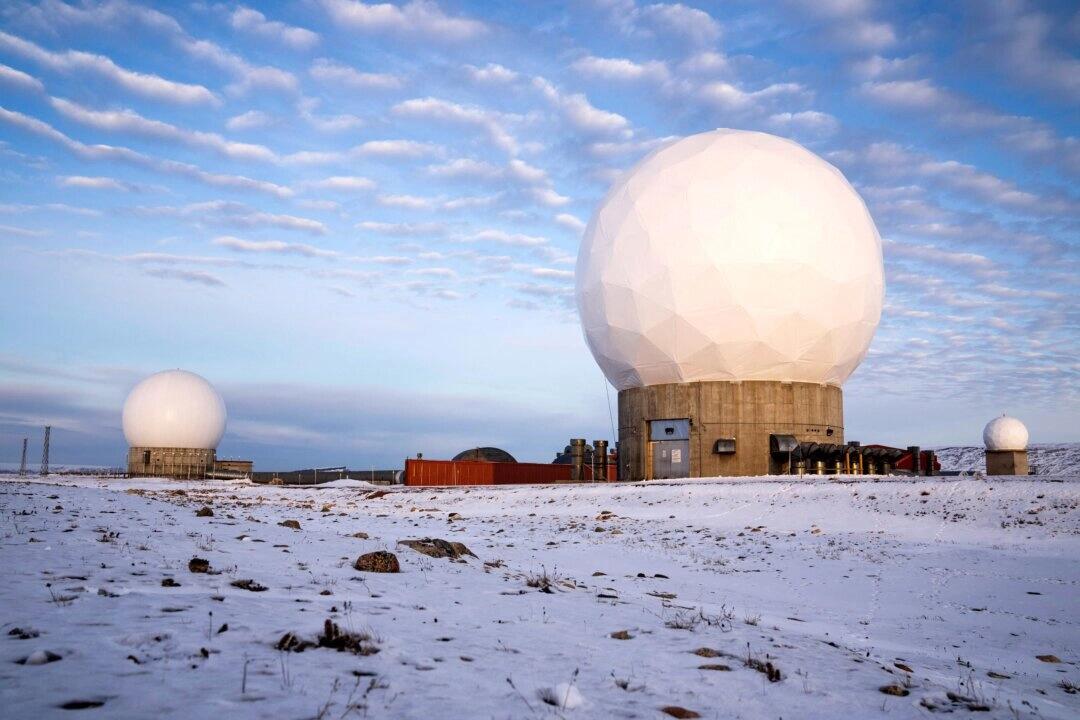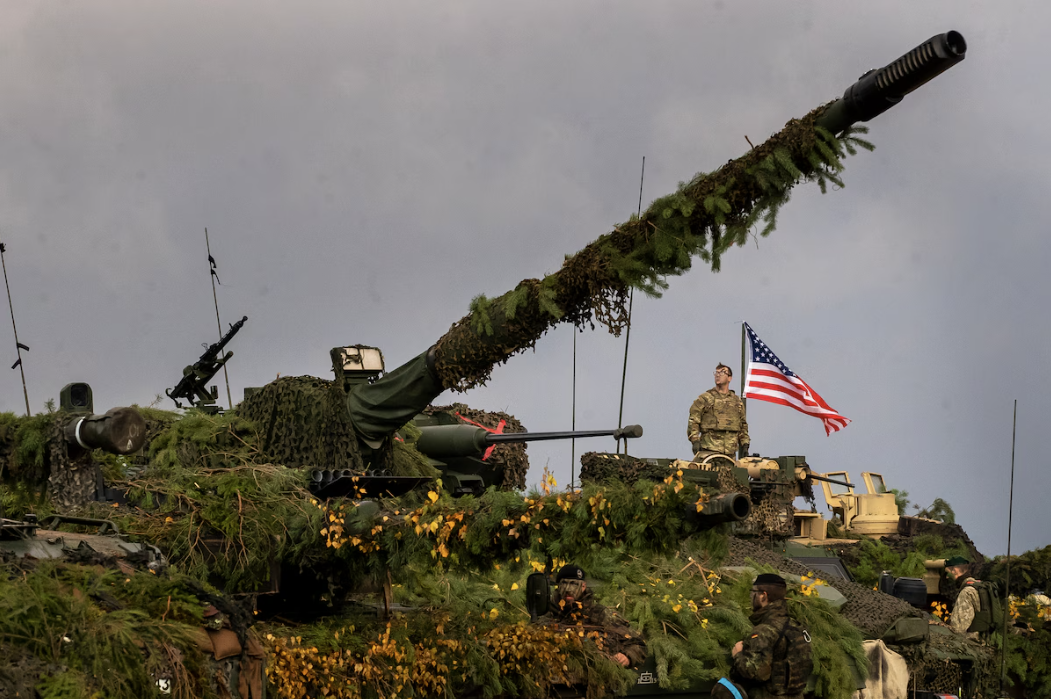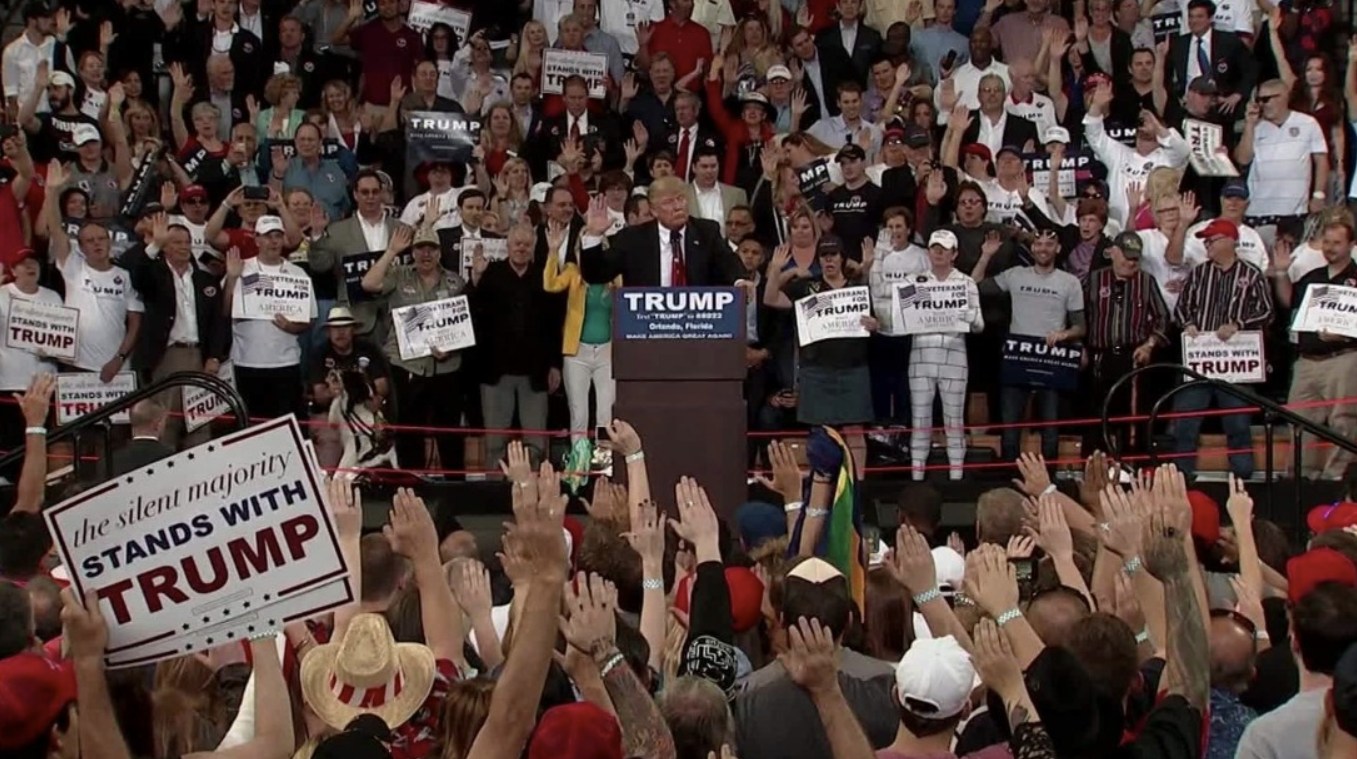In recent years, the war between Russia and Ukraine has dominated global headlines, with the United States positioning itself as a key supporter of Ukraine’s fight for sovereignty. While the U.S. has openly provided billions of dollars in military and financial aid, a deeper, more covert relationship between America and Ukraine has begun to emerge—one that goes far beyond what was previously acknowledged. This secret partnership, rooted in intelligence sharing, strategic planning, and military collaboration, has played a pivotal role in Ukraine’s resistance against Russia’s invasion. As new details come to light, the extent of America’s involvement raises questions about the nature of this alliance and its implications for the future.
The Genesis of a Covert Collaboration
The foundation of this clandestine partnership was laid in the spring of 2022, shortly after Russia launched its full-scale invasion of Ukraine. At a U.S. military garrison in Wiesbaden, Germany, American and Ukrainian military officials forged an agreement that would draw the United States into the conflict more intimately than the public realized. This collaboration, shrouded in secrecy, involved high-level commanders and special forces operating discreetly to bolster Ukraine’s war effort. The partnership was not just about supplying weapons—it was about integrating American intelligence, technology, and strategic expertise into Ukraine’s military operations.
At its core, this alliance was designed to counter Russia’s overwhelming military advantage. American officers worked side by side with their Ukrainian counterparts, sharing real-time intelligence that enabled precise strikes on Russian command centers and high-value targets. From the U.S. Army facility in Wiesbaden, daily targeting priorities were set, carefully coded as “points of interest” to avoid overtly provocative language. This level of coordination transformed Ukraine’s military capabilities, allowing it to punch above its weight against a far larger adversary.
A Secret Weapon in Ukraine’s Arsenal
The partnership’s impact became evident as Ukraine mounted counteroffensives and long-range strikes that stunned observers. Western-supplied weapons, including precision-guided missiles, were paired with U.S.-provided targeting data to hit Russian positions, even deep within internationally recognized Russian territory. These operations, which included strikes on Crimea and other strategic locations, showcased the depth of American involvement. Dozens of U.S. military advisers were deployed to Ukraine, some venturing close to the frontlines, further blurring the line between support and direct participation.
One notable example of this collaboration was Ukraine’s use of American intelligence to plan a daring incursion into Russia’s Kursk region in the summer of 2024. Although U.S. officials were reportedly caught off guard by the operation and viewed it as a risky move, they continued to provide support, including coordinates for strikes. This incident highlighted both the strength and the fragility of the partnership, as strategic disagreements occasionally strained relations between Washington and Kyiv.
The Scope of U.S. Involvement
The scale of America’s secret role has only recently begun to surface, thanks to investigations by outlets like The New York Times. Far from being a passive supplier of aid, the U.S. became a backbone of Ukraine’s military strategy. The partnership extended beyond intelligence to include joint planning of major counteroffensives and the deployment of advanced technology. American officials, wary of escalating tensions with Russia, kept much of this collaboration under wraps, limiting knowledge of its inner workings to a small circle of trusted allies.
This secrecy was not without controversy. Strikes using U.S.-supplied weapons, such as the ATACMS attack on a Sevastopol beach in June 2024, resulted in civilian casualties, drawing criticism and raising ethical questions. Yet, the U.S. persisted, gradually expanding permissions for Ukraine to conduct limited long-range strikes into Russian territory—a move that had long been considered a diplomatic “red line.”
Tensions and Trade-Offs
Despite its successes, the U.S.-Ukraine partnership has not been without challenges. Disagreements over strategy, particularly during Ukraine’s faltering southern counteroffensive in 2023, exposed differing priorities. American officials viewed Ukrainian ambitions as overly optimistic, while Kyiv occasionally bristled at Washington’s cautious approach. The relationship was further complicated by political shifts in the U.S., particularly with the return of Donald Trump to power in 2025.
Trump, who campaigned on ending the war swiftly, has sought to reshape the partnership. His administration has pushed for a ceasefire and a minerals deal that would grant the U.S. access to Ukraine’s vast natural resources, including oil, gas, and rare earth minerals. This proposal, which aims to recoup some of the financial aid provided to Ukraine, has met with resistance from Kyiv. Ukrainian President Volodymyr Zelensky has emphasized that any agreement jeopardizing Ukraine’s bid for European Union membership is unacceptable, underscoring the delicate balance between American interests and Ukrainian sovereignty.
Implications for the Future
The revelation of America’s secret partnership with Ukraine offers a window into the complexities of modern warfare and geopolitics. For three years, this alliance enabled Ukraine to withstand Russia’s aggression, preserving its independence against steep odds. Yet, as peace negotiations loom, the partnership’s future hangs in the balance. Trump’s push for a rapid resolution, coupled with his willingness to scale back military support, could unravel the intricate web of cooperation built in Wiesbaden.
Beyond the battlefield, the partnership raises broader questions about U.S. foreign policy. Critics argue that America’s deep involvement risks escalating tensions with Russia, potentially drawing NATO into a wider conflict. Supporters, however, see it as a necessary stand against authoritarian aggression, vital to upholding democratic values and the post-World War II global order.
As of April 2, 2025, the full story of this hidden alliance is still unfolding. What began as a secret mission in a German garrison has evolved into a defining chapter of the Ukraine war—one that may shape the geopolitical landscape for years to come. Whether it ends in a lasting peace or a reconfigured conflict, America’s covert role in Ukraine will remain a testament to the power, and the peril, of clandestine partnerships in times of crisis.



